
All categories
Featured selections
Trade Assurance
Buyer Central
Help Center
Get the app
Become a supplier

(5022 products available)
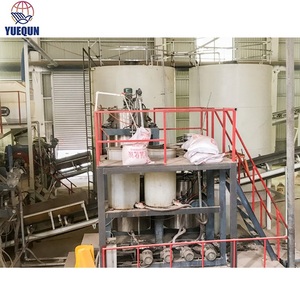


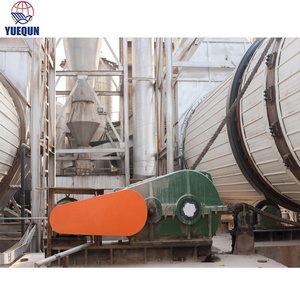
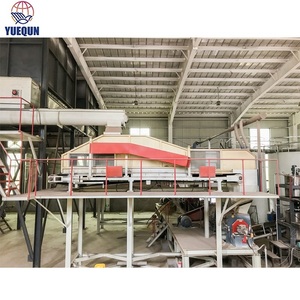
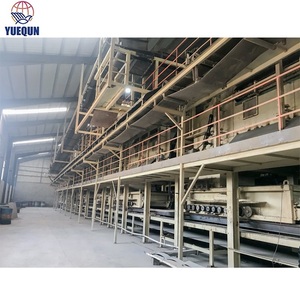
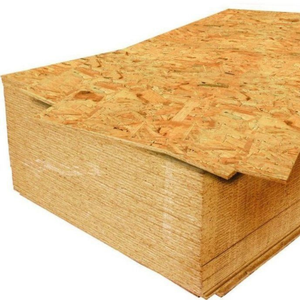
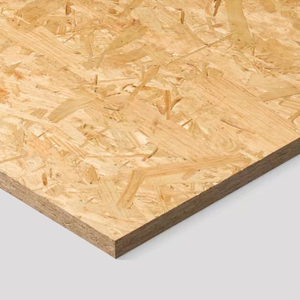
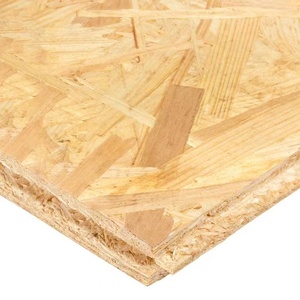
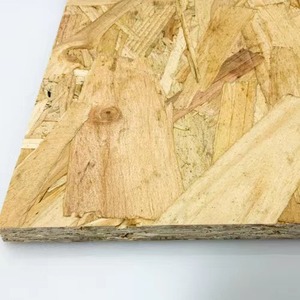
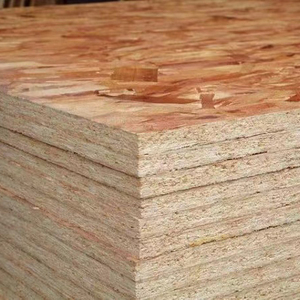
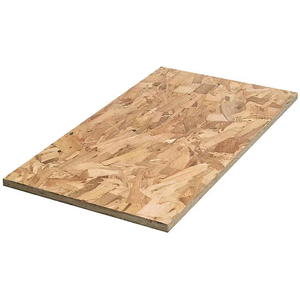

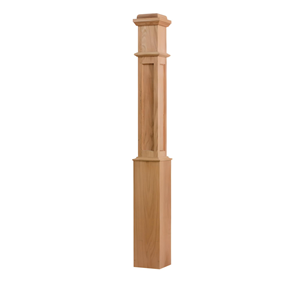
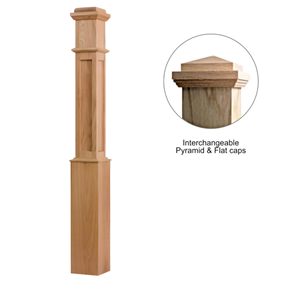
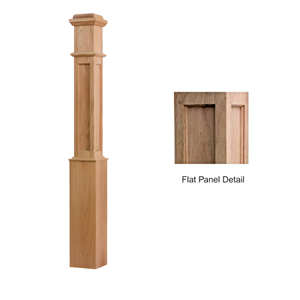



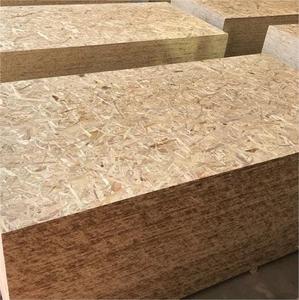
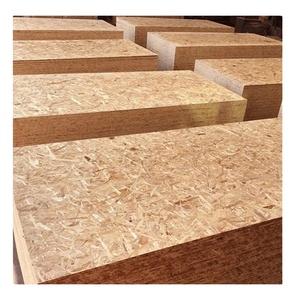
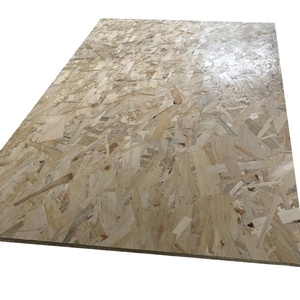
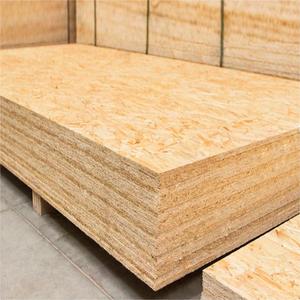

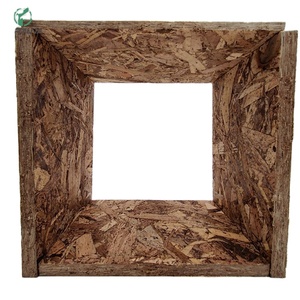









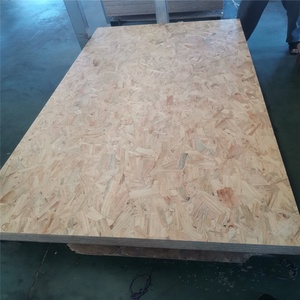

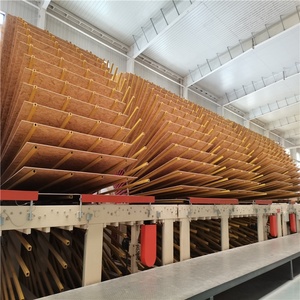
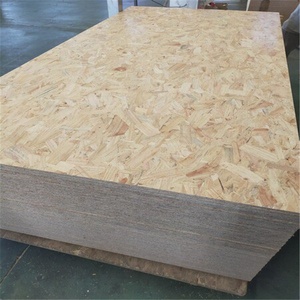
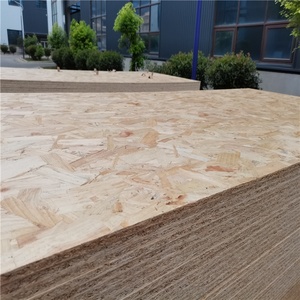

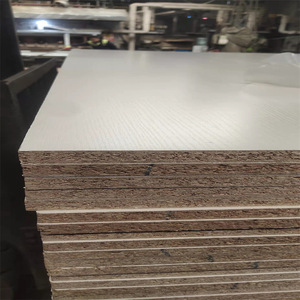
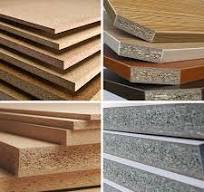
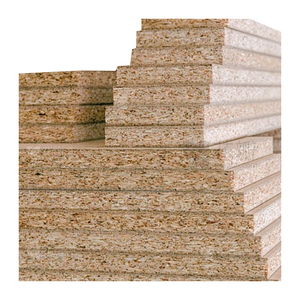

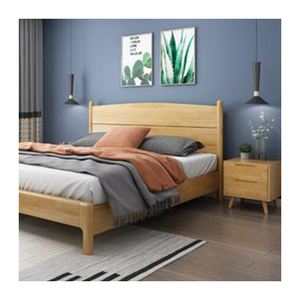
Understanding the different types of MDF OSB can help retailers know which product is suitable for their intended applications. Here are the different types of MDF and OSB:
Medium Density Fiberboard (MDF)
MDF is engineered wood made from wood fibers, wax, and resin. The mixture is compressed to form a board. Medium-density MDF has a density of 600 to 750kg/m3. It is used to make furniture, cabinets, doors, and decorative moldings. The board is easy to work with because it has a smooth surface. This makes it a preferred choice for manufacturers who want to paint or veneer the board. There is also a dense MDF board. As the name implies, it is dense and suitable for applications where strength and load-bearing capacity are critical. These applications include bookcases and storage units.
High-Density MDF
High-density MDF has a density of 750-900 kg/m3. It is more durable and stronger than medium-density MDF. It is suitable for heavy-duty applications like workbenches and counters.
Thin MDF
Thin MDF is less than 6mm thick. It is used for lightweight applications like drawer liners and backing panels.
OSB (Oriented Strand Board)
OSB is made from large wood strands that are oriented and bonded with adhesives under heat and pressure. The board has a density of 600-800kg/m3. It is commonly used as a cost-effective alternative to plywood for structural applications. This includes roof decking, wall sheathing, and subfloors. The boards come in different thicknesses, ranging from 7/16 to 3/4 inches. Thicker boards are used for load-bearing applications, while thinner boards are used for non-load-bearing applications.
High Load OSB
High load OSB is designed for load-bearing applications. It has a higher density and strength due to the increased amount of resin and the orientation of the strands. It is rated for use in roofing and flooring applications where high loads are expected.
Water-Resistant OSB
This type of OSB is treated with water-repellent chemicals during the manufacturing process. This prevents the absorption of moisture. It is suitable for applications where exposure to water and humidity is expected.
Both MDF and OSB have some unique features and functions that make them suitable for specific applications. Here are some of them:
Function of MDF
MDF is used in construction projects where a smooth finish is required. It is also used in the production of furniture and decorative items. Its applications include:
Cabinets
Wardrobe doors
Decorative moldings
Drawer fronts
Paneling
Underlayment
Function of OSB
OSB is mainly used as a structural panel in construction. Its applications include:
Roofs
Walls
Floors
Sheathing
Subflooring
Features of MDF
MDF is a versatile material that features a smooth and flat surface. It is also homogenous and has no knots or grain patterns. Other features include:
High density
Workability
Uniformity
Dimensional stability
Features of OSB
OSB is a strong and durable material. Its most outstanding feature is the wood strand orientation, which provides strength in different directions. Other features include:
Tensile strength
Load-bearing capacity
Moisture resistance
Cost-effectiveness
The products' usage scenarios differ according to the properties of MDF and OSB. Below are some of the scenarios.
Scenario of MDF
MDF is commonly used in the construction industry. It is widely used to make furniture such as cabinets, drawers, and beds. The smooth surface of MDF is ideal for making intricate designs of molded products. It is also used in making doors because of its durability. MDF is also used in the automotive and aerospace industries.
Scenario of OSB
OSB is widely used in the construction industry. It is used as a structural panel in roofing, flooring, and wall sheathing. OSB is also used in building decks, subfloors, and load-bearing walls. Apart from construction, OSB is also used in the packaging industry. It is used to make pallets, crates, and containers for transporting goods. The automotive industry also uses OSB. It is used to make interior components like door panels, trunk liners, and underbody coatings.
There are some factors to consider when choosing the right product for needs. Whether MDF or OSB, it is important to choose the right product for the project at hand. The first thing to consider is the purpose. One needs to determine the intended use of the construction project to be done. If it is a structural application, then OSB would be ideal. However, if it is an application requiring a smooth and easy-to-work surface, then MDF would be ideal.
Another factor to consider is the budget. Generally, OSB is more affordable than MDF due to the difference in production processes and raw materials used. Therefore, if the budget is tight, OSB would be the better option. Also, consider the environmental impact. OSB is generally considered more eco-friendly than MDF. This is because the production process of OSB uses more wood, and the process is less complicated.
Another factor to consider is the availability. OSB is widely available in most local hardware stores. On the other hand, MDF may not be available in some local stores, especially the specialized types. Therefore, if OSB is more available in the local stores, then it would be the better option.
Finally, one needs to consider the finish. If a high-quality finish is more important, MDF would be the better option. This is because it has a smooth surface that is ideal for painting and chopping. However, if the finish is not important, then OSB would be the better option.
OSB stands for Oriented Strand Board and is made from large strands of wood that are oriented in specific directions to give strength. MDF stands for Medium Density Fiberboard and is made from fine wood fibers mixed with resin and compressed into a dense board.
Neither one is really better than the other. They just have different uses. OSB is often used for structural applications like roof decking and wall sheathing because of its strength. MDF is not really suitable for load-bearing applications but works well for things like interior partitions, non-structural walls, and furniture.
OSB stands for Oriented Strand Board. It is a different engineered wood product from MDF. While both are used in construction, OSB is made from strands of wood and oriented for strength, while MDF is made from fine wood fibers compressed into a dense board.
MDF is much smoother than OSB. MDF has a very smooth, flat surface that is ideal for painting and veneering. OSB has a rough, textured surface from the strands of wood. If a smooth surface is needed for something, OSB should be covered with something else like plywood or left unneeded if just wanted for structural strength.
The main disadvantages of OSB are that it swells when exposed to moisture and has rough edges and a textured surface. OSB should be covered with plywood if a smoother surface is needed or if more strength is needed. The strands also become more apparent when OSB is painted or veneered. But OSB is often used for structural applications like roof decking and wall sheathing because of its strength.